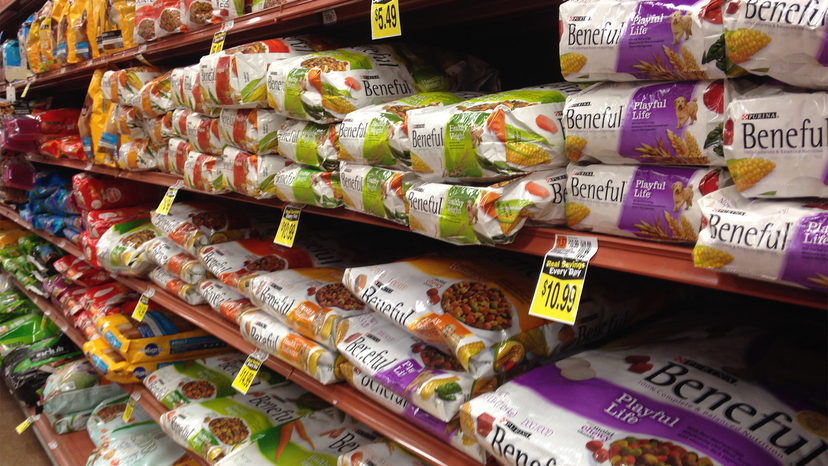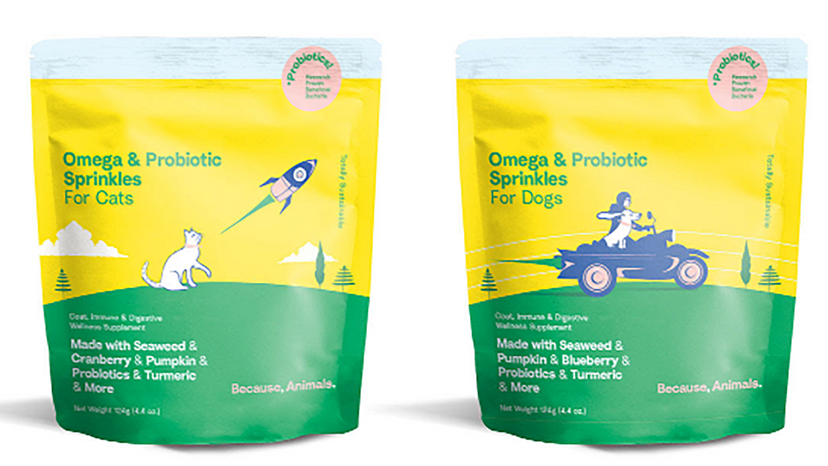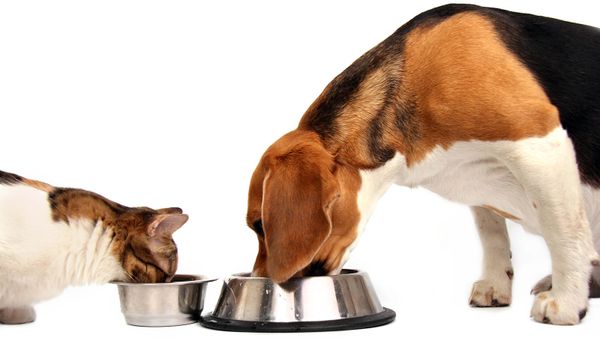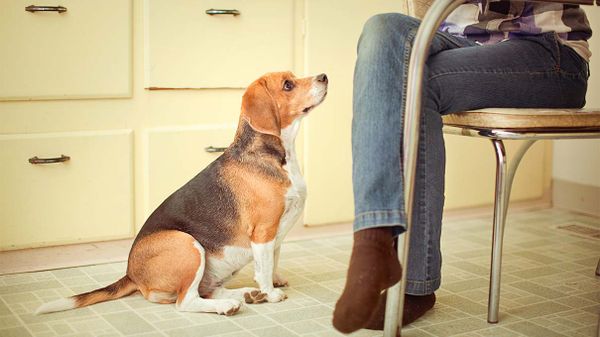A new era of pet foods made with a reduced environmental impact, more sustainability and more responsibility — no large fields for cows needed, no methane produced, no endlessly cramped chicken- or pork-raising facilities, no overharvested fishing spots, and none of that unconscionable killing of animals — is hardly just around the corner. This new way of feeding the household pet is going to take some time.
The science, for as far as it's advanced, is not quite big-time yet. For one, manufacturers will have to work out the best ways to ramp up the process. Large amounts of animal-based material — blood, tissue, whatever — might still be needed, at least initially.
"Whether or not they have got to where they can take it to scale — so instead of making a couple grams, making a million pounds — I don't know if they've got that all worked out yet," Aldrich says.
Another question to be answered, and not an insignificant one: Once this "cultured meat" is produced, will your pets eat it? Will they like it?
After that, companies will have to educate the public, which may be picky about what goes into Fido's dish. They may have to overcome environmentalists and animal-rights backers who may object, still, to the use of blood or other animal material that makes the base of the new food.
The companies will have to market it effectively. They'll undoubtedly face stiffer competition, as even the big pet-food makers jockey for position in a market in which good, affordable protein is increasingly difficult to come by. The new guys will have to make their product affordable.
So even though this new cell-cultured product may not be taking over the pet food aisle at your local Walmart or Target any time soon, the desire for an option to meat — a more humane, more sustainable option — is clearly there.
"It could be a viable niche in the marketplace in the next five to 10 years," Aldrich says. "As long as we have — what is it, 180 million dogs and cats in the U.S.? — there's going to be demand for proteins, so any additional supply of protein is going to help. Whether or not that cell-cultured meat becomes mainstream is probably going to be a ways away."



